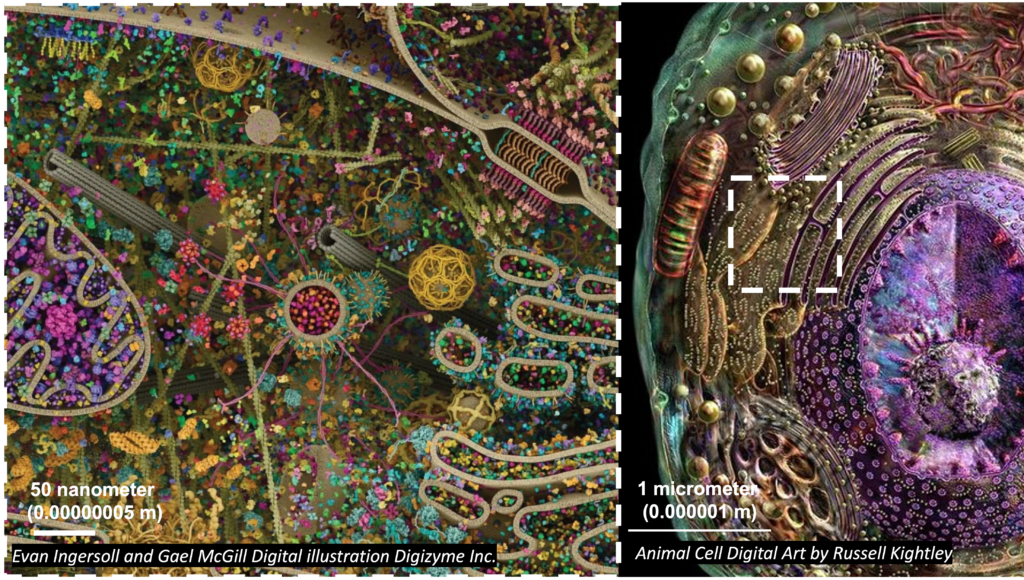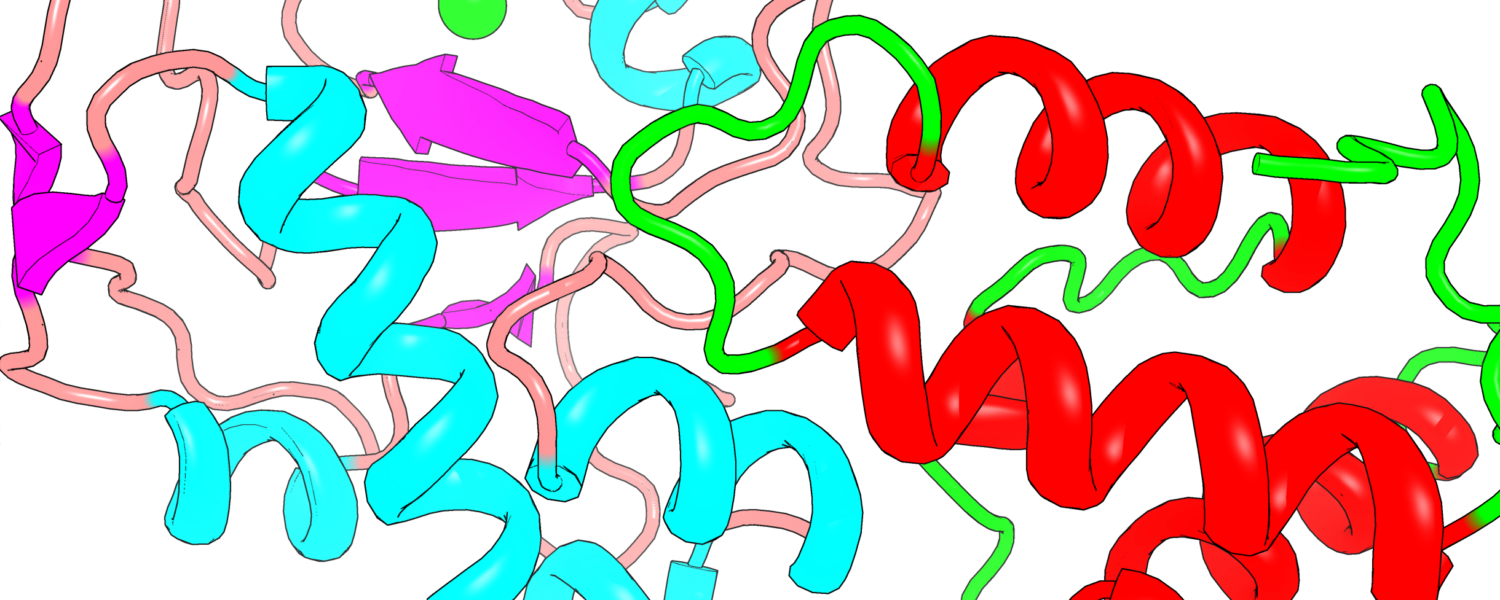Eine der traditionellen Expertisen der Martin-Luther-Universität Halle-Wittenberg und ihrer eng verbundenen außeruniversitären Einrichtungen auf dem Gebiet der Biowissenschaften liegt in der Erforschung von Proteinen. Daher wurde das ‚Mitteldeutschen Zentrums für Struktur und Dynamik der Proteine’ (MZP) als interdisziplinäres Zentrum der Universität gegründet, um diese Tradition durch die Etablierung der wichtigsten Methoden der hochauflösenden Strukturbiologie und molekularen Biophysik fortzusetzen. Hierzu zählen die Röntgenstrukturanalyse, die NMR-Spektroskopie, die Kryoelektronenmikroskopie und die Einzelmolekülspektroskopie von Biomakromolekülen.
Die Gründung des MZP erfolgte 2005 durch die Prof. Jochen Balbach (NMR), Prof. Milton T. Stubbs (Röntgenkristallographie) und Jun.-Prof. Christian Hübner (Einzelmolekülspektroskopie). 2017 erfolgte die Erweiterung um die Kryoelektronenmikroskopie zunächst vertreten durch PD Dr. Anette Meister und anschließend durch Jun.-Prof. Dr. Panagiotis Kastritis. Die Einzelmolekülspektroskopie wird heute an der MLU durch Dr. Maria Ott vertreten.

One of the traditional areas of expertise of Martin Luther University Halle-Wittenberg and its closely associated non-university institutions in the field of biosciences is the study of proteins. The establishment of the ‚Central German Center for Structure and Dynamics of Proteins‘ (MiZePS/MZP) as an interdisciplinary institution of the university continues this tradition by establishing the currently most important methods of high-resolution structural biology and molecular biophysics: X-ray structure analysis, NMR spectroscopy and single-molecule spectroscopy.
Now, the last 5 years, the method of cryo-electron microscopy (cryo-EM) has brought a revolution in the structural study of biomacromolecules: Together with X-ray analysis, NMR spectroscopy and single-molecule spectroscopy can provide complementary, unprecedented details for the structure, function and interactions of biomolecules – Such knowledge not only deepens our understanding about the molecular basis of life itfelf, but also provides opportunities for medical, biotechnological and drug design applications.

